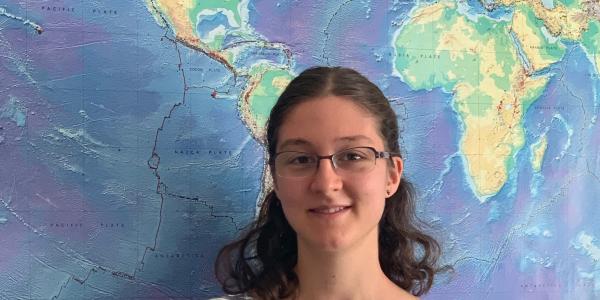Searching for the Lithosphere-Asthenosphere Boundary in the Central Pacific
Earth’s tectonic plates move relative to the underlying mantle, implying the existence of a boundary zone that accommodates shear between the rigid lithosphere and flowing asthenosphere and enables surface plate motion. Seismic observations suggest that changes in mantle composition or water content generated at mid-ocean ridges, thermal gradients established by plate cooling, and/or partial melt accumulated at the base of the lithosphere could generate the rheological contrast across the lithosphere-asthenosphere transition. However, both the thickness of this zone and how the proposed mechanisms each contribute to the overall accommodation of shear remain unclear. This talk will present receiver function constraints on seismic discontinuities in the oceanic upper mantle based on ocean bottom seismic data from the NoMelt experiment in the central Pacific. Combining the receiver function analysis with local constraints on shear velocity, anisotropy, conductivity and attenuation through the upper 300 km of the mantle suggests that a seismic discontinuity imaged in the shallow upper mantle represents a region of localized strain within a broader shear zone that accommodates relative plate motion.

